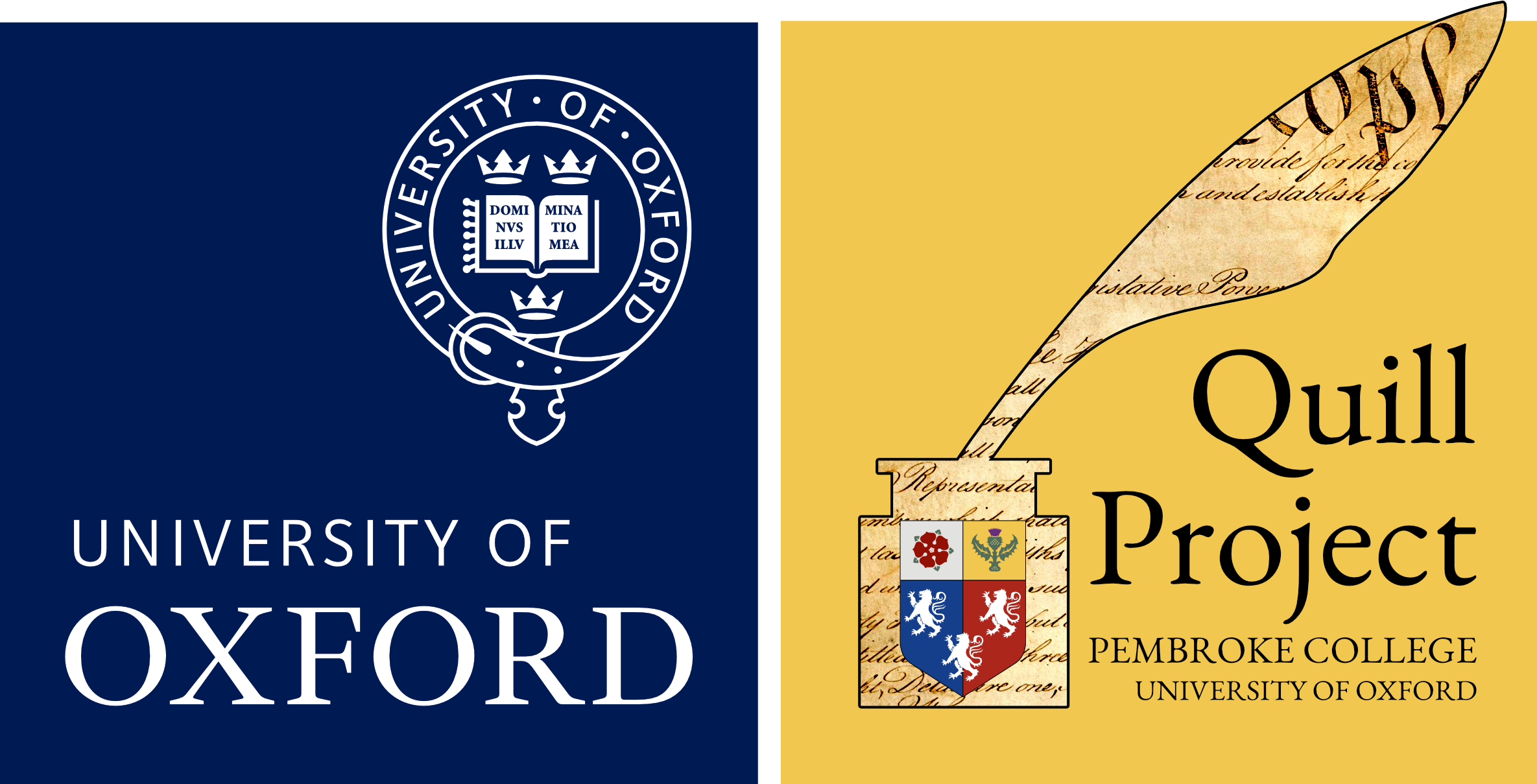The Quill Approach to the Utah State Constitution
The Utah model differs from other Quill projects in the procedure the delegates followed. In the eighteenth century negotiations modelled by Quill, delegates and members of Congress were not bound by any rules requiring that a proposition undergo three readings in a committee in order to be adopted into the document. The Utah Convention, like many modern negotiations, adhered to such a rule, and for this reason, propositions are first proposed as individual documents, rather than as amendments onto a blank document, as the Quill editors have done in past projects. Propositions were introduced in the Convention and referred to a committee that considered all propositions pertaining to a particular subject. That committee drafted a report which it presented to the Convention, in many cases, an article, which took the propositions into consideration and proposed text to the Constitution. This article was then referred to and considered in the Convention. Once an article was agreed by the Convention, it was sent to the Committee for Engrossment and Enrollment. It is in this committee that the Utah Constitution document event is created.
The model was constructed using the Convention’s official journal as the primary source and working closely with the Utah State Archives to acquire copies of propositions, reports, articles, resolutions, and dockets that were used by the delegates and clerks. The editors supplemented these primary accounts and documents with reports from local newspapers, mainly The Deseret Evening News and the Salt Lake Herald.
Unfortunately, the committee documents were not preserved and there are occasional moments where proposition text was either not preserved or could not be found. In these instances, the editors reconstructed the proceedings as best as possible from the surviving record.
